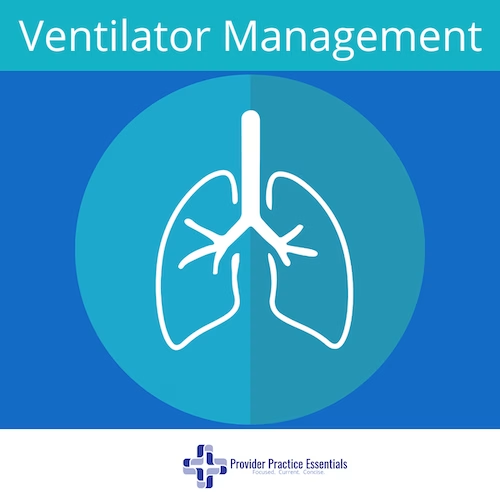When a patient is planning to undergo an operation, it is important that she/he has full understanding of what the proposed surgical intervention is along with the risk of surgery. This is especially critical if the patient has a lot of comorbidities that may put him or her at higher risks of postoperative complications.
Types of Shock and Therapeutic Interventions
Do you know the four types of shock and how to manage shock patients based on they type of shock they are in? If shock patients are not routine in your practice, this review will re-familiarize you with them and the therapeutic interventions recommended for treatment. What are the four types of shock? Shock is …



